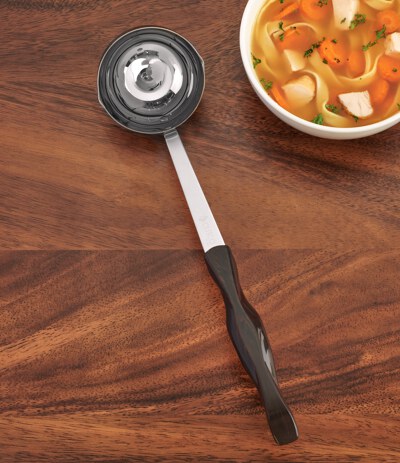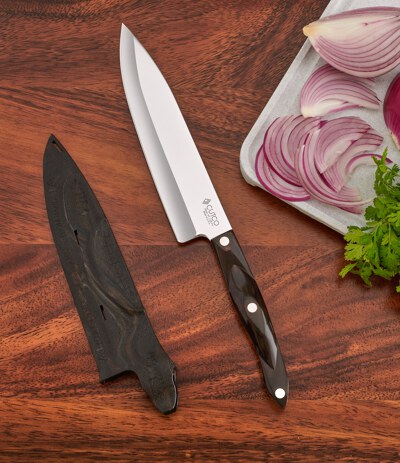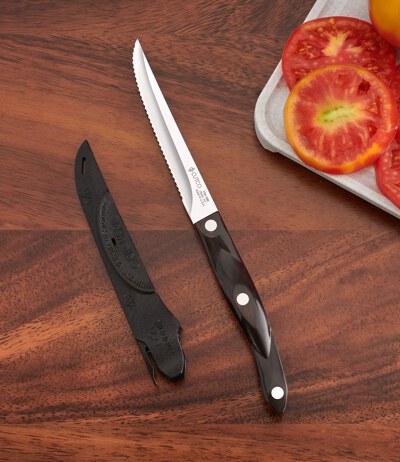Spring Risotto With Lemon, Asparagus and Peas
1698 days ago
Skip to recipe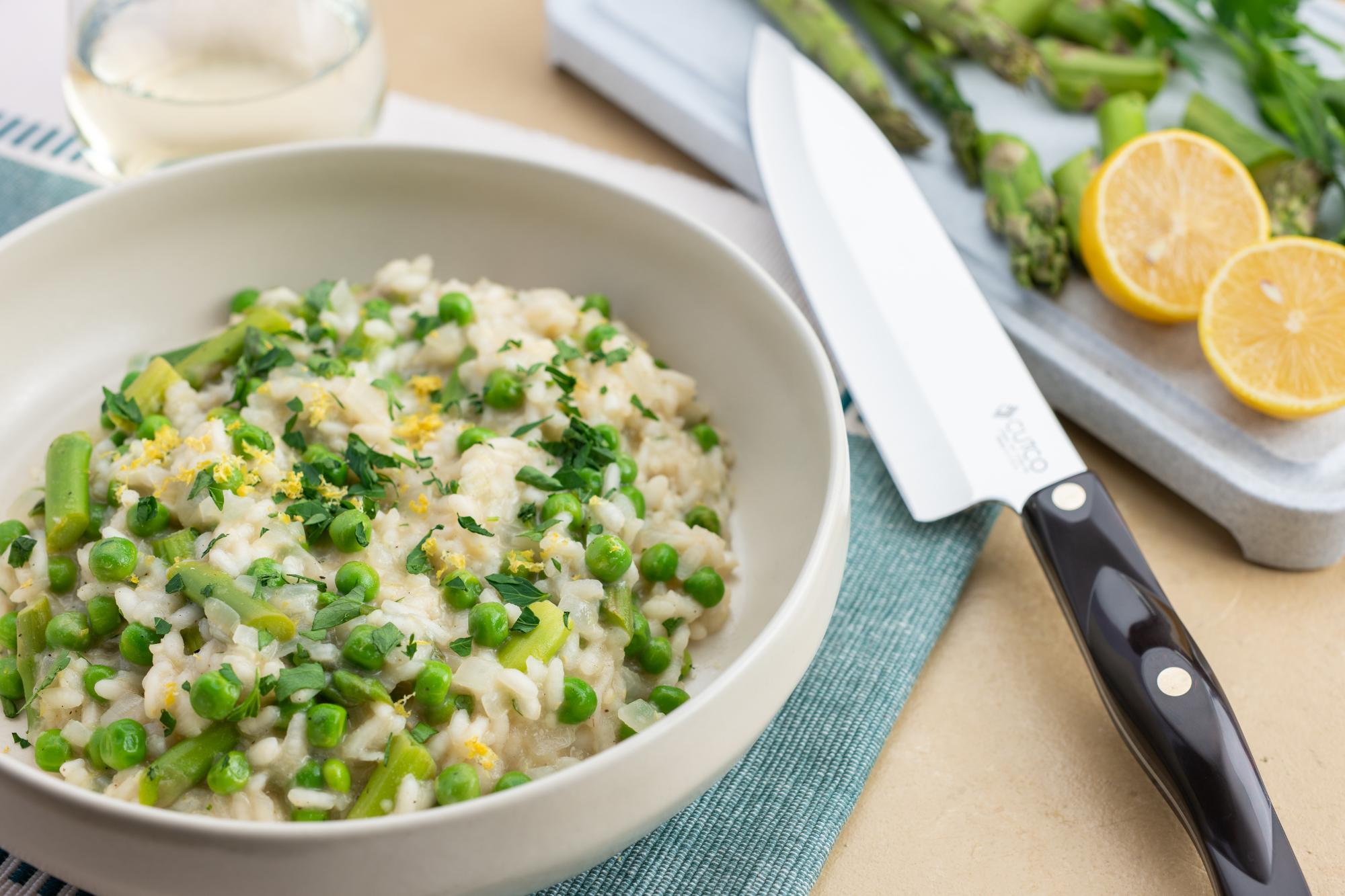
Making risotto is a passion of mine, just ask my colleagues. I inwardly cringe when they mention baking a risotto or using a multicooker to speed up the process. It’s not that those methods aren’t tasty, time-saving and delicious, it’s just that I actually enjoy the slow cooking of risotto and the attention needed to make this dish. Not to mention, a good risotto always has wine in the ingredient list so sipping a glass while cooking is quite relaxing.
What I love about this Spring Risotto with Lemon, Asparagus and Peas recipe is the fresh flavors. The crunch of the asparagus and the brightness of the lemon really combine in a dish that says spring to me. Add some chicken or fish on the side and you have a complete meal.
While this risotto features asparagus and peas, you can easily alter the ingredients to make your own version. Risotto has some basic principles to follow when making the dish, so if you learn those, you can easily modify any risotto to fit your taste preferences. Check out our handy how-to on How to Make Risotto and you’ll become a pro in no time.
Preparing to Cook Risotto
For this Spring Risotto with Lemon, Asparagus and Peas, the first thing you need to do is heat up the vegetable broth. The broth will be added to the rice slowly and you want to ensure it’s warm so that the rice will cook properly, and the starches will be released.
I make sure to get all my prep work done before I start the cooking process since the rice needs to be constantly stirred.
To dice the onion and garlic, I reached for the 7-5/8" Petite Chef knife to make quick work of this task. If you need some guidance on how to easily dice an onion, you can refer to our video of How to Cut Onions 3 Ways.

I also took the time to cut and blanch my asparagus and chopped up some parsley. Make sure to take your frozen peas out of the freezer so they have time to defrost.
Building the Risotto
Once the prep work is complete, it’s now about layering the ingredients and being very patient with the cooking process. Once the onion and garlic are cooked, the rice is added and mixed in with the vegetables so that it lightly toasts over the heat. The next step is adding the wine and here’s a quick tip - make sure the wine is at room temperature. If the wine is cold and is added to the hot mixture, it will shock the rice and halt the cooking process.
When the wine is evaporated, the broth is added one ladle at a time and only add more broth when the liquid is fully absorbed by the rice.
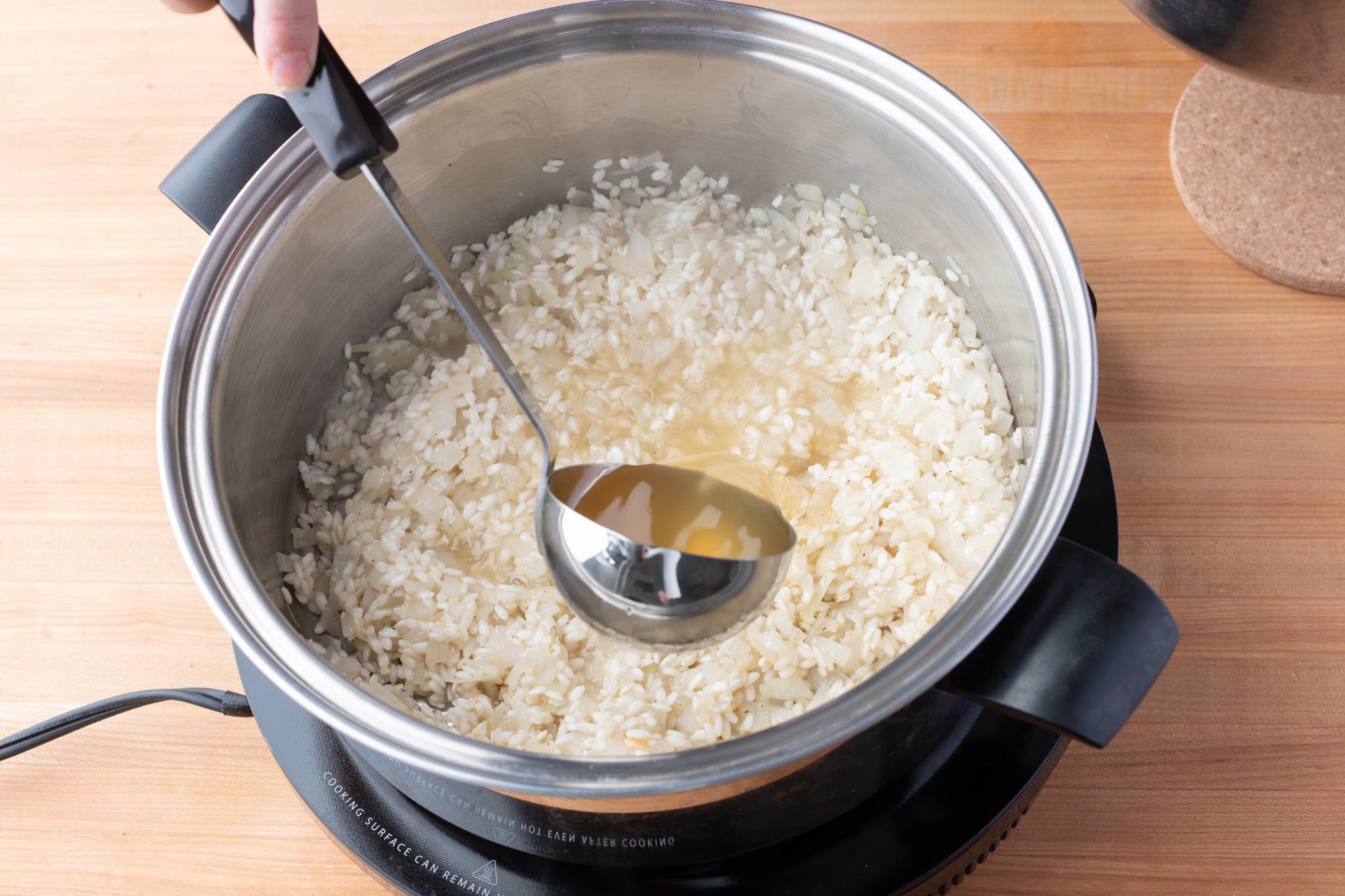
Always make sure to constantly stir the rice so that it doesn’t end up sticking to the bottom of your pan. This is not the time to walk away from the stove.
About 15 minutes into cooking the rice, taste the rice to gauge how much cooking time is left. You want it to have some firmness but no crunch and definitely not mushy. When the rice is tender, yet firm, add your previously prepared vegetables along with the lemon zest, juice and parsley.
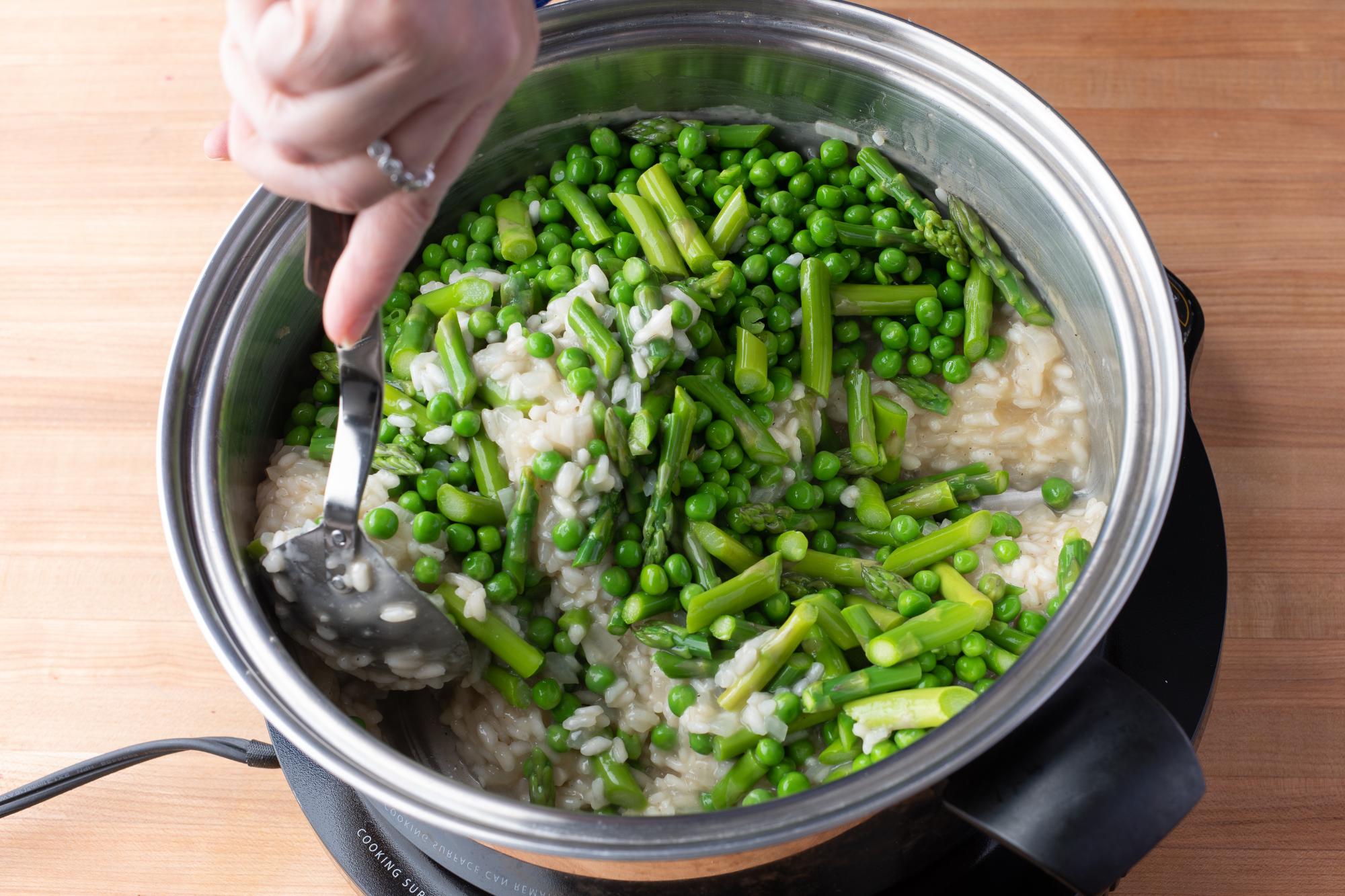
Stir carefully and add one more ladle of broth. Once the broth is cooked down, take the risotto off the heat and add the remaining butter and finally, the parmesan cheese. Give the mixture a good stir and then prepare to serve.
Risotto can come in many different flavors and can also use red or white wine. For this Spring Risotto with Lemon, Asparagus and Peas, I used white wine to create a delicate flavor that worked well with the vegetables. It was delicious! Tender rice, crunchy asparagus and lemon. What’s not to love? While risotto is not a quick dish to make if made in the traditional way, I find it relaxing on a Saturday or Sunday to take my time and stir. Give it a try and let us know what you think.
Ingredients
- 4 to 5 cups vegetable broth
- 5 tablespoons unsalted butter, divided
- 1 medium white onion, peeled and diced
- 1/4 teaspoon kosher salt
- 1/8 teaspoon ground black pepper
- 1 garlic clove, peeled and minced
- 1 1/2 cup Arborio rice
- 3/4 cup dry white wine, room temperature
- 1 pound thin asparagus, cut into 1-inch pieces on the bias
- 1 pinch kosher salt
- 10 ounces frozen peas, defrosted
- 1 tablespoon finely grated lemon zest
- 2 teaspoons freshly squeezed lemon juice
- 2 teaspoons Italian flat-leaf parsley, finely chopped
- 3/4 cup finely grated Parmesan, plus extra for serving
Directions
- Pour the vegetable broth into a saucepan and bring to a boil. Turn the heat down to low and keep the pot covered.
- Place a medium-sized saucepan over medium heat. Melt 4 tablespoons of butter. Add the onion, salt, and pepper, and cook for 3-4 minutes. Add the garlic and cook for another 2 minutes until the onion is soft and translucent.
- Add the rice and cook for 2-3 minutes, making sure to stir the rice so that it is evenly coated in the onion mixture. Add the wine, stir constantly and cook until the wine is absorbed, approximately 2-3 minutes.
- Add 1/2 cup (a full Cutco Ladle equals a ½ cup) warmed vegetable broth to the rice and stir until absorbed. Continue adding the broth ½ cup at a time, stirring constantly until the liquid is absorbed and the rice is al dente. This should take approximately 25 minutes. Note that you may not need to add all the broth.
- While the risotto is cooking, prepare the asparagus. Cut the asparagus on the bias into 1-inch pieces and discard the tough ends. Blanch the asparagus in boiling salted water for 3-5 minutes until al dente. Drain and cool immediately in ice water.
- When the rice is almost done (you want the rice to be tender but still firm) add the asparagus and peas to the risotto and stir carefully. Add one more 1/2 cup of broth and cook until the liquid is absorbed, stirring constantly.
- Add the lemon zest, juice and parsley to the risotto and stir.
- Remove the risotto from the heat and add the remaining tablespoon of butter. Stir well until the butter is melted and evenly distributed. Add the grated Parmesan and gently stir. Add additional salt and pepper if needed.
- Serve risotto hot – topping each serving with additional grated Parmesan cheese and serve immediately.
